Linda Hibbs - My First Book of Indonesian Words: An ABC Rhyming Book of Indonesian Language and Culture
Here you can read online Linda Hibbs - My First Book of Indonesian Words: An ABC Rhyming Book of Indonesian Language and Culture full text of the book (entire story) in english for free. Download pdf and epub, get meaning, cover and reviews about this ebook. year: 2016, publisher: Tuttle Publishing, genre: Children. Description of the work, (preface) as well as reviews are available. Best literature library LitArk.com created for fans of good reading and offers a wide selection of genres:
Romance novel
Science fiction
Adventure
Detective
Science
History
Home and family
Prose
Art
Politics
Computer
Non-fiction
Religion
Business
Children
Humor
Choose a favorite category and find really read worthwhile books. Enjoy immersion in the world of imagination, feel the emotions of the characters or learn something new for yourself, make an fascinating discovery.
- Book:My First Book of Indonesian Words: An ABC Rhyming Book of Indonesian Language and Culture
- Author:
- Publisher:Tuttle Publishing
- Genre:
- Year:2016
- Rating:3 / 5
- Favourites:Add to favourites
- Your mark:
My First Book of Indonesian Words: An ABC Rhyming Book of Indonesian Language and Culture: summary, description and annotation
We offer to read an annotation, description, summary or preface (depends on what the author of the book "My First Book of Indonesian Words: An ABC Rhyming Book of Indonesian Language and Culture" wrote himself). If you haven't found the necessary information about the book — write in the comments, we will try to find it.
The familiar ABC rhyming structure combines with sparkling illustrations to encourage the natural ability of children to pick up new languages and vocabulary quickly. Words for things kids already know in English are joined by words specific to Indonesia, giving kids a glimpse into Indonesian life and culture.
Everyday expressionslike Apa kabar? which means How are you?give kids a chance to communicate in a meaningful way and show them that when it comes to courtesy and friendliness, other cultures have a lot in common with their own. Cultural and linguistic notes are added for the parents to enhance the Indonesian learning experience. The cheerful illustrations depict a friendly and culturally rich nation, where the people are happy to know you and to share a bit of who they are and how they live.
Linda Hibbs: author's other books
Who wrote My First Book of Indonesian Words: An ABC Rhyming Book of Indonesian Language and Culture? Find out the surname, the name of the author of the book and a list of all author's works by series.

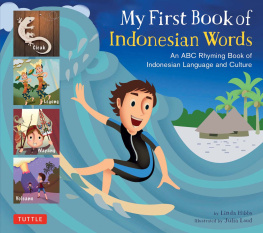

![Linda Hibbs - Tuttle Indonesian for Kids Flash Cards: [Includes Downloadable Audio]](/uploads/posts/book/362847/thumbs/linda-hibbs-tuttle-indonesian-for-kids-flash.jpg)
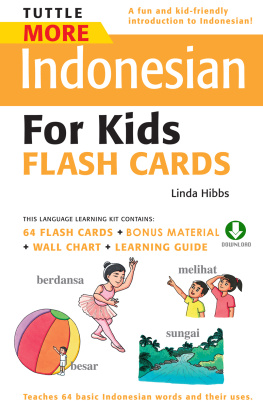
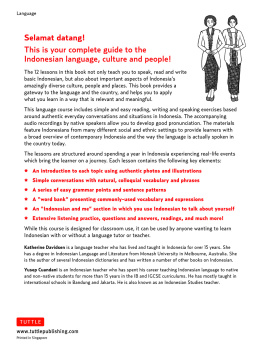

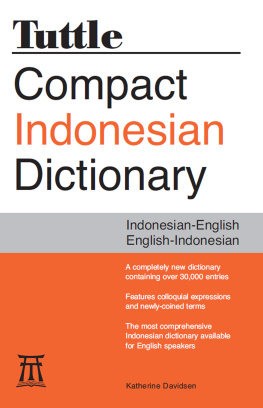
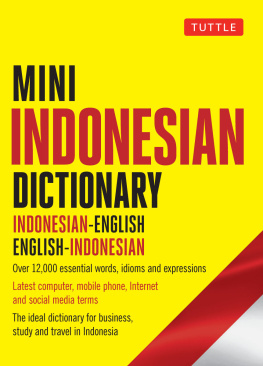

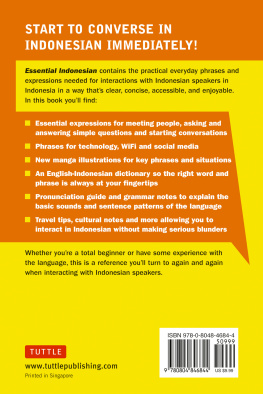

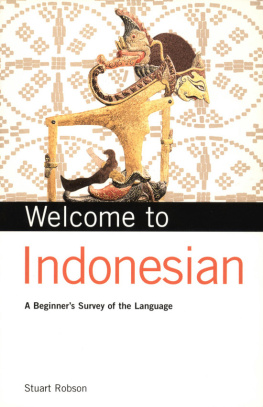

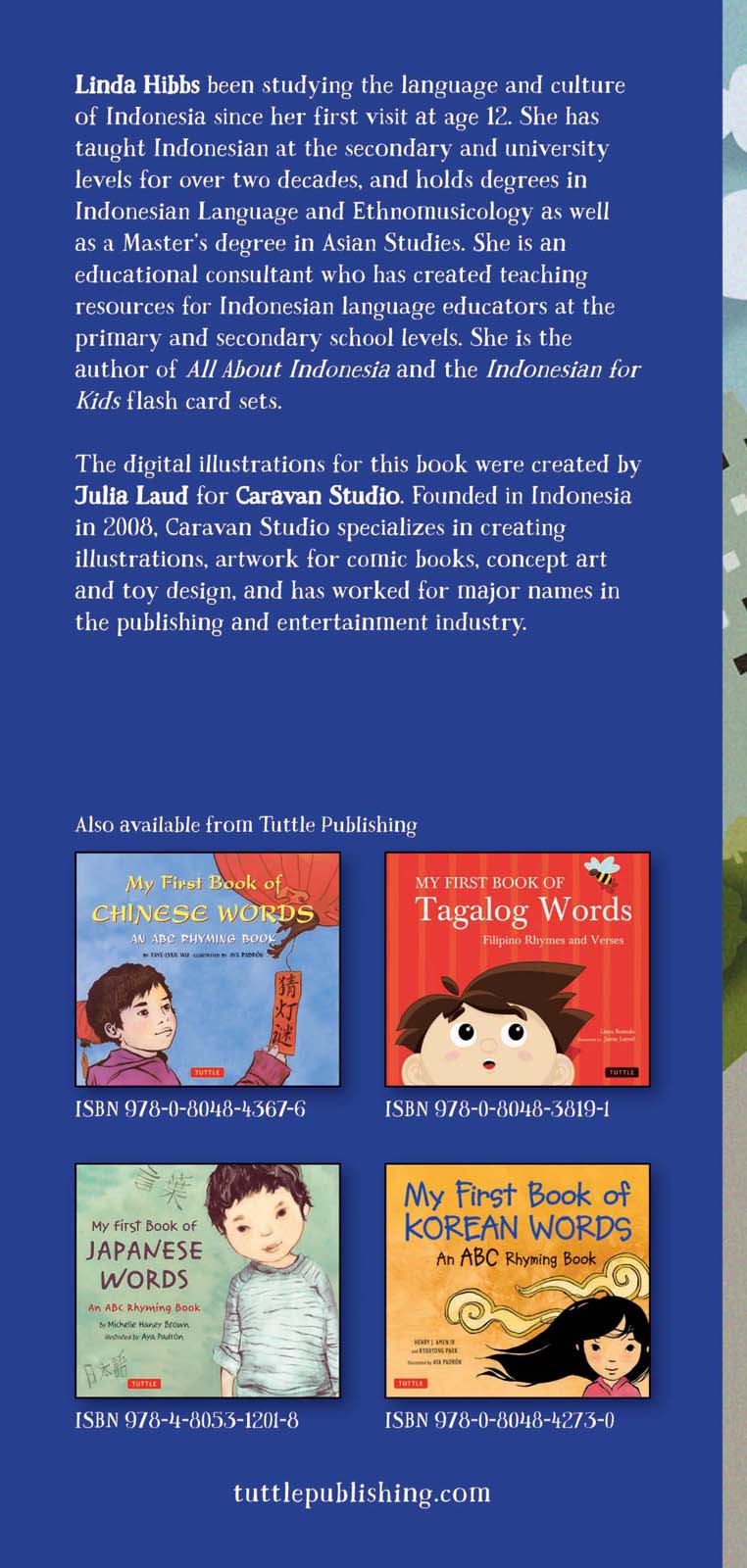
 A is for Apa kabar?
A is for Apa kabar? B is for batik.
B is for batik. C is for cicak
C is for cicak D is for dokar,
D is for dokar, E is for enak,
E is for enak, F is for futbal.
F is for futbal. G is for gamelan.
G is for gamelan. I is for ikan
I is for ikan J is for jagung, corn cobs so sweet.
J is for jagung, corn cobs so sweet. K is for kucing.
K is for kucing. L is for legong,
L is for legong, M is for mandi.
M is for mandi. N is for nasi.
N is for nasi. O is for ombak,
O is for ombak, P is for pedas.
P is for pedas. Q is for queen.
Q is for queen. R is for rumah.
R is for rumah. T is for terima kasih.
T is for terima kasih. U is for ular.
U is for ular. V is for volcano.
V is for volcano.